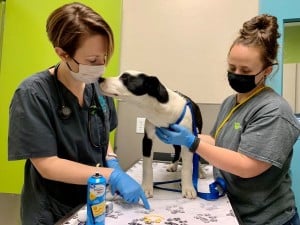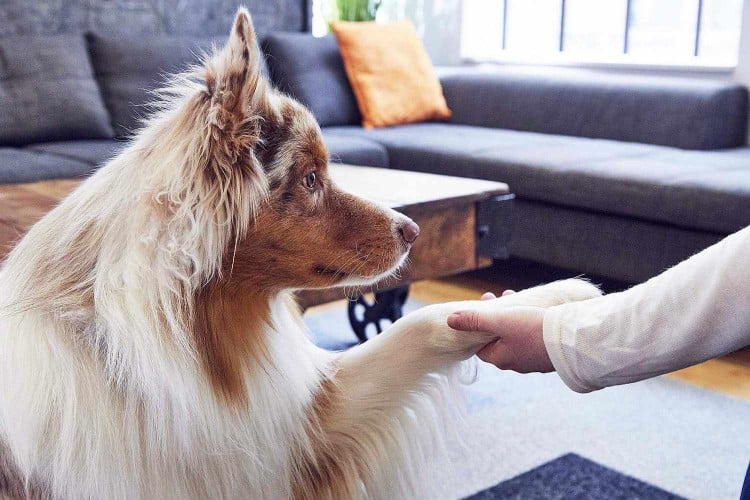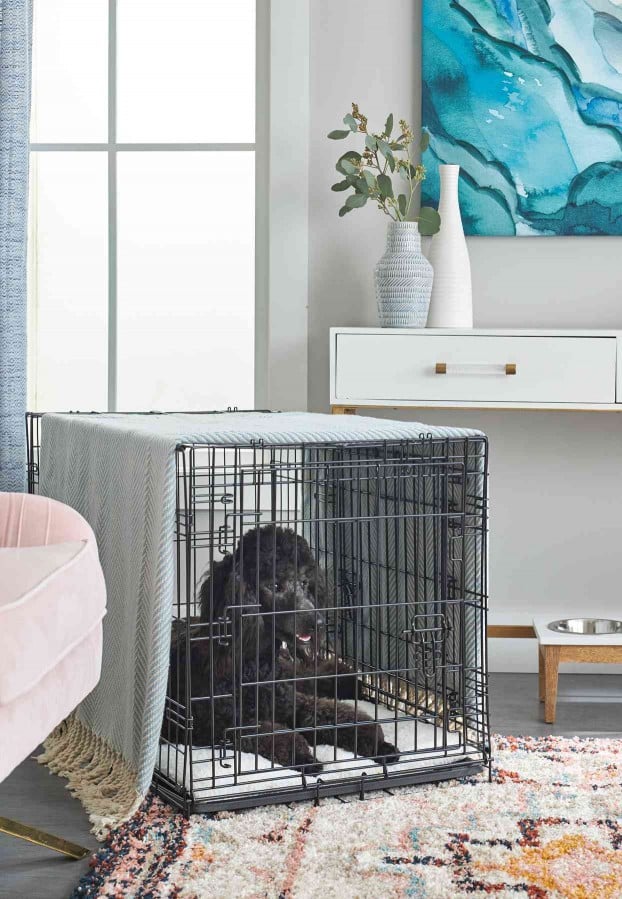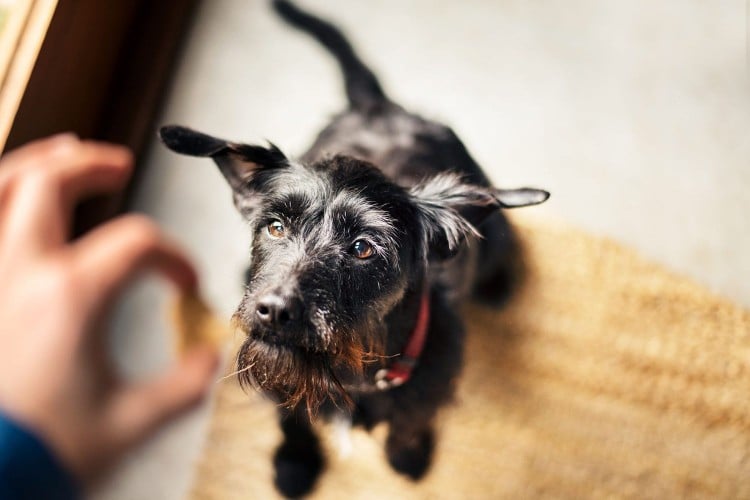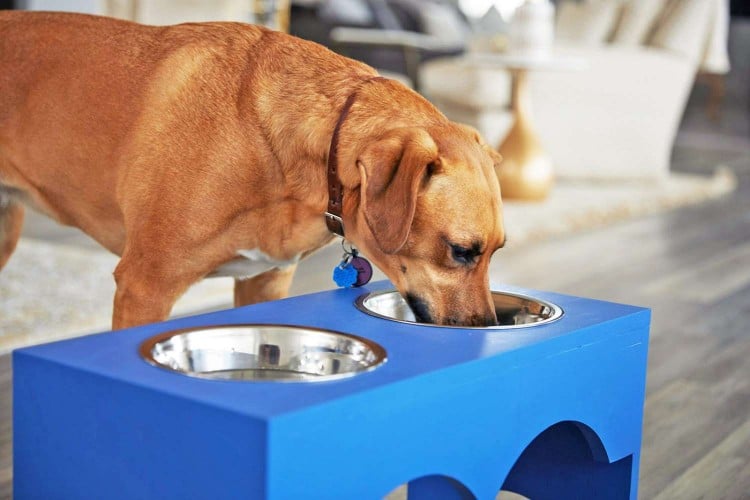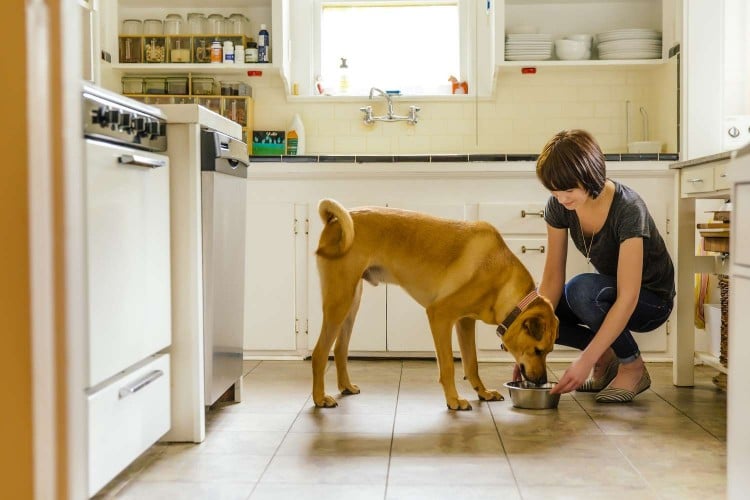How to Teach a Dog to Sit on Cue
We independently evaluate all recommended products and services. If you click on links we provide, we may receive compensation. Learn more.
What You Need to Get Started
Choose a Reinforcer
Create a Marker
A marker is a sound or hand signal that pinpoints the exact moment your dog did something that earned them a reinforcer (the treat). A clicker is a great example of a marker. If you don't have a clicker you can use a consistent word like "yes" or "good" or a hand signal like a thumbs up, but pick one and stick to it.
Be ready to mark the behavior the second you see it. The more accurate and quick your mark is, the more effective your teaching becomes.
How to Clicker Train Your Dog at Home
5 Easy Steps to Teach Your Dog to Sit
1. Use a Treat to Lure Your Dog Into Position
2. Treat and Repeat
The second their doggie butt touches the floor, mark the behavior, and provide the treat.
Repeat this a few times until your dog begins to anticipate the movement of the treat and starts to sit before the treat is lured over their head.
3. Add the Verbal Cue "Sit"
With a treat in your hand, again raise the treat up over the dog's head. The moment they begin to sit, say "sit" and immediately mark the behavior and give the treat and praise. Repeat this a few times.
4. Add a Hand Signal
Choose a hand signal that you want to associate with the "sit" cue. In this case, the signal is a raised pointer finger. With a treat in your hand, make the hand signal, and again raise the treat up over the dog's head. The moment they begin to sit, say "sit" and immediately mark the behavior and give the treat. Repeat this a few times.
5. Remove the Lure and Repeat
Now you can give the hand signal or say the cue "sit" without using a treat lure. Signal or say "sit," and the moment your dog sits, mark the behavior and immediately give them a treat and praise.
Practice using just the hand signal or the verbal cue. Mark the behavior, treat, and praise every time.
Tip: The faster you mark the behavior and then provide a treat, the better. Avoid any lag time between the marker and the delivery of the treat otherwise you run the risk of your dog not understanding which behavior they did earned them a treat (or that sitting on cue earns them a reinforcer).
Now that your dog can "sit" on cue, you can begin to teach your dog other new tricks like "down" and "stay." Always remember to enjoy the learning process together, taking your time and having lots of fun.
How to Teach Your Dog 4 Training Basics

